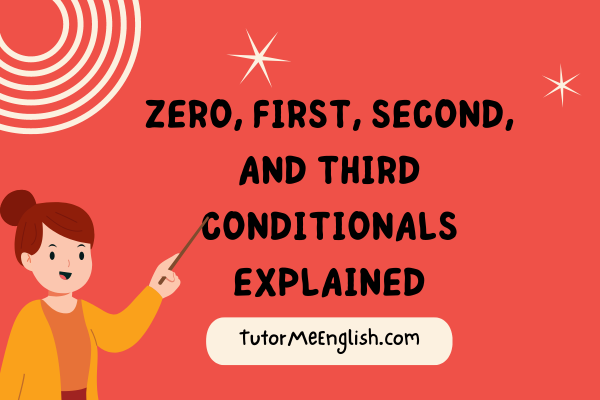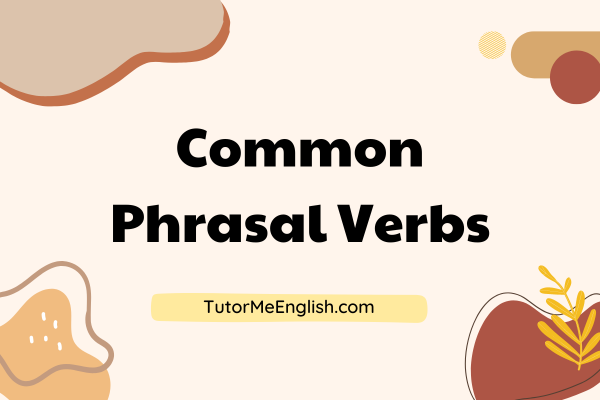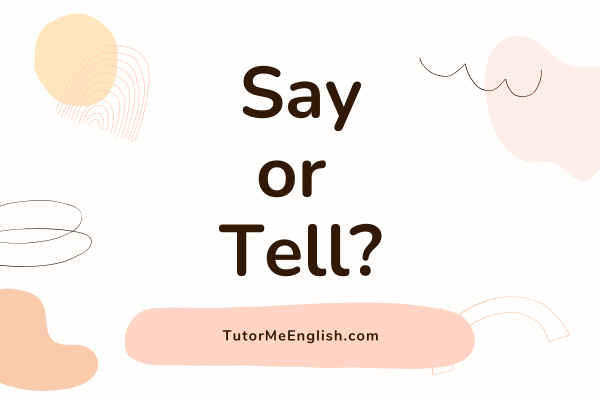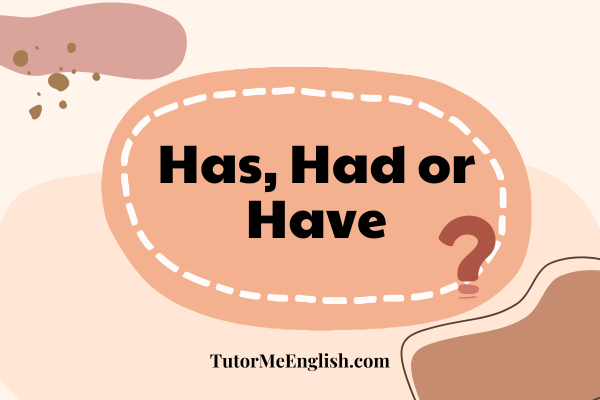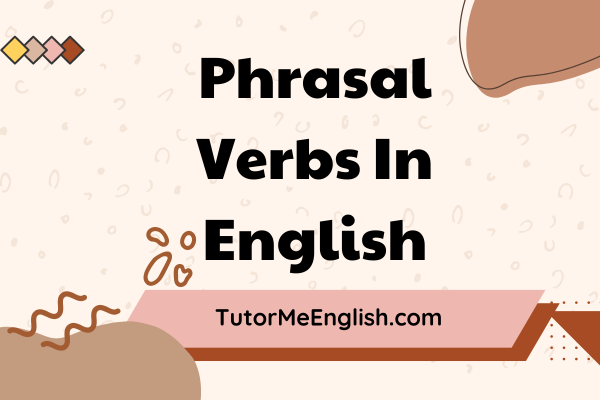Grammar Lesson: Was vs Were
Understanding the correct usage of “was” and “were” is essential for expressing past actions and events accurately in English. These two forms of the verb “to be” may seem simple, but mastering their usage can significantly improve your communication skills.
In this lesson, we will delve into the uses of “was” and “were” to ensure you feel confident in using them correctly. Let’s get started.
The Basics
In simple terms, “was” and “were” are the past tense forms of the verb “to be”. Click here to read our article on “to be”
Singular vs. Plural Subjects
The key distinction between “was” and “were” lies in the subject of the sentence. “Was” is used with singular subjects, while “were” is used with plural subjects. Let’s break it down further:
- “Was” is used with singular pronouns like “I”, “he,” “she,” and “it.” For instance, “She was reading a book.” or “It was a beautiful day.“
- “Were” is used with plural pronouns like “you,” “we,” and “they.” For example, “They were playing soccer” or “We were studying for the test.“
Examples to Solidify Understanding
To reinforce these concepts, let’s explore a few more examples:
- Singular Subject (Use “was”):
- She was happy with the results.
- He was at the party.
- The cat was sleeping on the chair.
- I was at school this morning.
- Plural Subject (Use “were”):
- They were excited about the trip.
- We were cooking dinner in the kitchen.
- The students were studying for the exam.
Remember, the correct choice of “was” or “were” depends on the number of subjects in the sentence.
Avoid Common Pitfalls
While the rules for using “was” and “were” are relatively straightforward, a few common pitfalls can trip up English learners. Here are some points to keep in mind:
- Do not confuse “was” with plural subjects or “were” with singular subjects. Stick to the singular-plural agreement.
- Avoid using “was” or “were” with the wrong pronouns. For instance, don’t say “They was at the party” or “He were reading a book.” Both of these sentences are incorrect.
Practice Makes Perfect
To solidify your understanding, practice is essential. Engage in conversations, write sentences, and read English texts to encounter these forms in context. Pay attention to how native speakers use “was” and “were” correctly.
In Conclusion
By mastering the difference between “was” and “were,” you unlock the ability to express past actions accurately. Remember that “was” is for singular subjects, while “were” is for plural subjects. Through practice and exposure, you can confidently incorporate these verb forms into your English communication.
So, next time you recount a past event or describe what someone was doing, remember to choose between “was” and “were” based on whether the subject is singular or plural. With this understanding, your English fluency will shine, and your ability to express yourself in the past tense will greatly improve.
Keep practicing, and soon these verb forms will become second nature to you. Happy learning!

